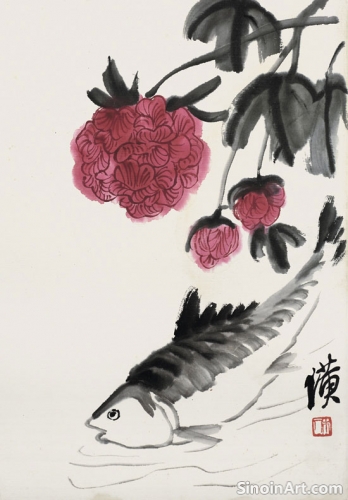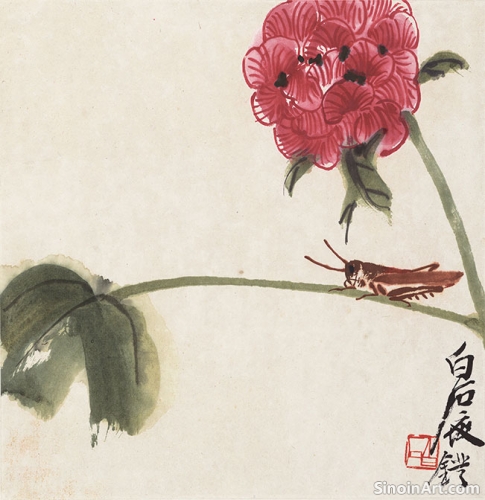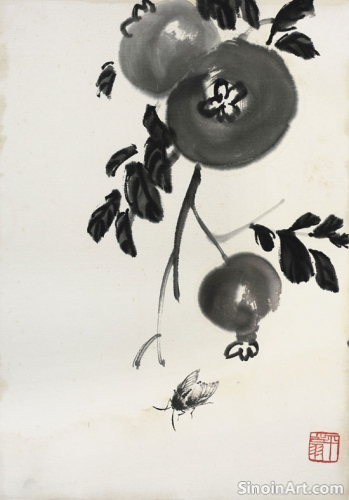Xieyi Painting and the Concept of "Gu Yi"
|
"Gu Yi" (古意), often translated as "ancient intention," "old meaning," or "spirit of the ancients," is a crucial concept in understanding the appreciation and interpretation of Xieyi painting. It refers to the artist's conscious engagement with the traditions, styles, and values of past masters, seeking to create work that honors and resonates with the legacy of the art form. It's about connecting to the past, but also using those connections to create something new and relevant.  The pursuit of "Gu Yi" is not about simply copying past styles but about absorbing the spirit, the intent, and the underlying principles that guided the masters of Xieyi. It’s about understanding the past masters, and using that knowledge to build something new that is in conversation with that history. The goal is not to recreate, but to learn from and build upon the foundations of the past.  An artist seeking "Gu Yi" often studies the works of the old masters, analyzing their brushwork, composition, and use of ink, seeking to understand the deeper meanings that are embedded in their art. This careful study provides a deeper understanding of the art form and its potential. This careful study provides a foundation for artistic innovation.  The concept of "Gu Yi" also implies a respect for tradition and a deep understanding of the cultural and philosophical context in which Xieyi painting emerged. It’s not just about technical skills, but also an understanding of the cultural, historical, and philosophical traditions that underpin the art form. This grounding in tradition allows for more nuanced expression. Ultimately, the pursuit of "Gu Yi" in Xieyi is about creating art that transcends time, speaking to both the past and the present, while also contributing to the ongoing evolution of this enduring tradition. It allows one to see how the past and present are both interconnected. This continuity ensures that the traditions remain alive and dynamic. |
Tag : ancient intention, traditional spirit, old meaning, Xieyi legacy
Related information
- The Legacy and Future of Xieyi Painting
- The Importance of Practice in Xieyi
- The Concept of "Yi" in Xieyi Aesthetics
- The Essence of Expression: An Introduction to Xieyi Painting
- The Cultural Significance of Xieyi: Beyond Artistic Form
Xieyi painting, with its rich history and unique aesthetic, continues to hold significance and inspire artists, influencing contemporary art globally, ensuring the continuation of its traditions, and its continued evolution and relevance as it continues to express cultural values and universal truths, making it an enduring art form.
Dedicated and consistent practice is essential for mastering Xieyi painting, developing technical skills, intuition, and spontaneity, while also fostering patience, perseverance, and a deeper understanding of the art form's philosophy and aesthetics, transforming the practice into a form of self-discovery.
"Yi" (untrammeled) is a highly valued aesthetic in Xieyi painting, referring to effortless freedom, spontaneity, a lack of artifice, and a sense of naturalness, achieved by letting go of rigid rules, allowing intuition to guide the brush, and creating artworks that are both expressive and simple.
This article introduces Xieyi painting, a freehand and expressive style of Chinese painting, emphasizing its focus on capturing the essence of a subject through bold brushwork and simplified forms.
This article explores the cultural significance of Xieyi painting, highlighting its connection to Daoist philosophy, Chinese values, artistic heritage, and its role in preserving and expressing Chinese cultural identity.